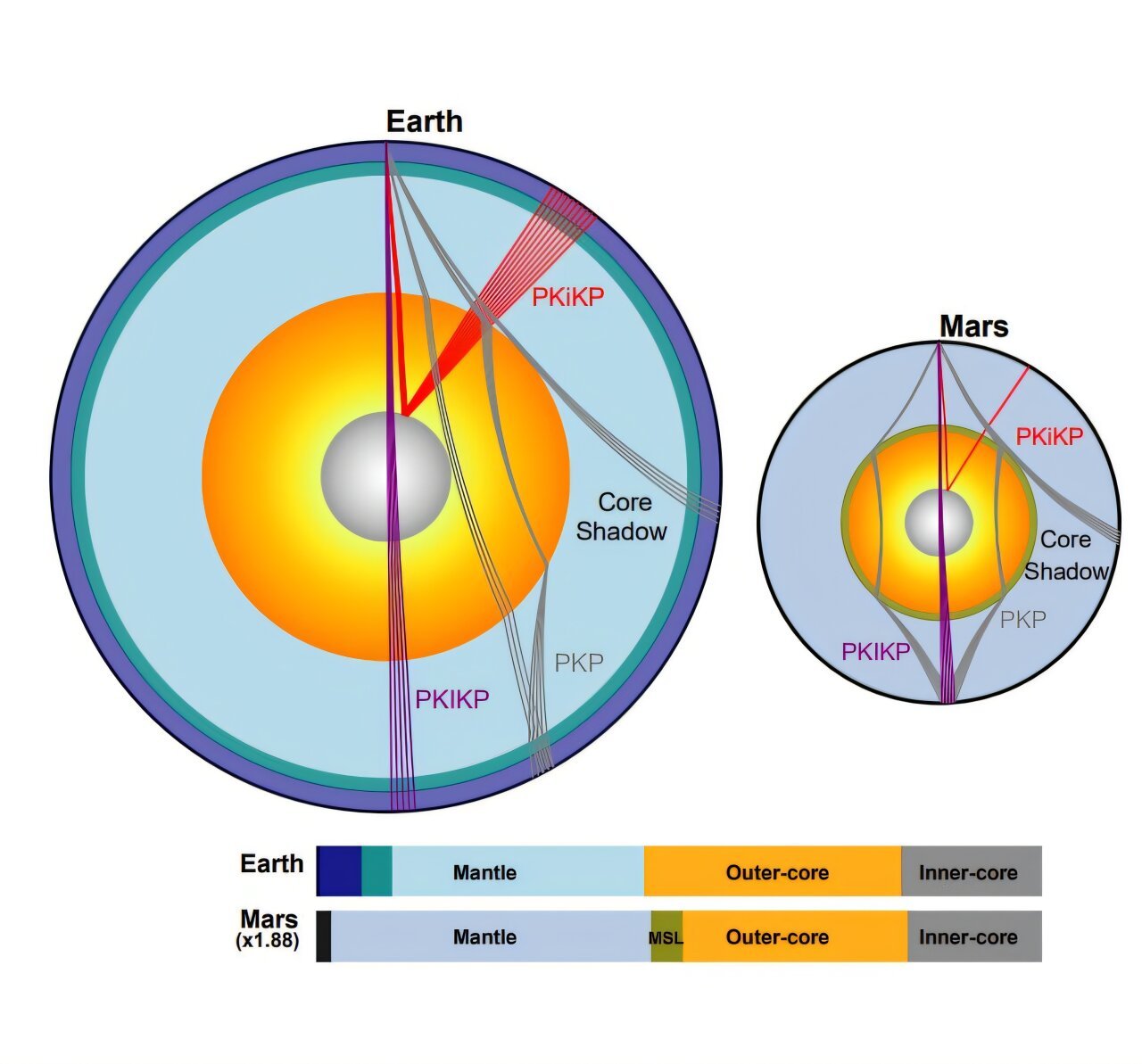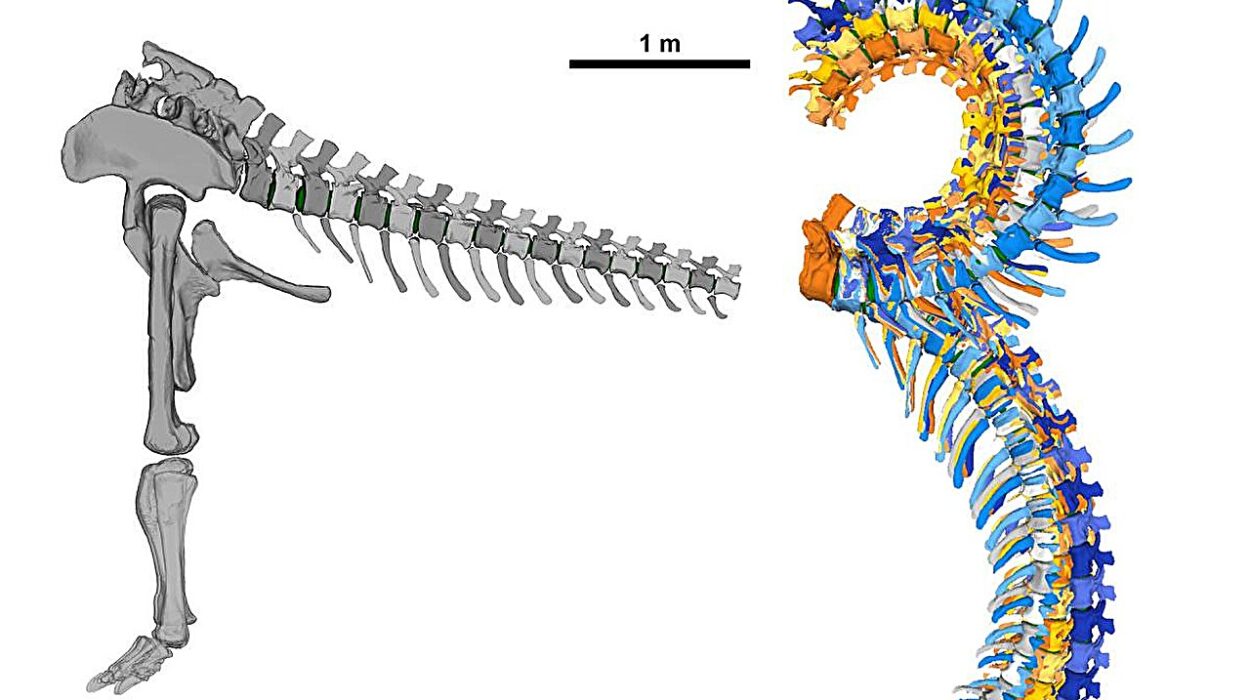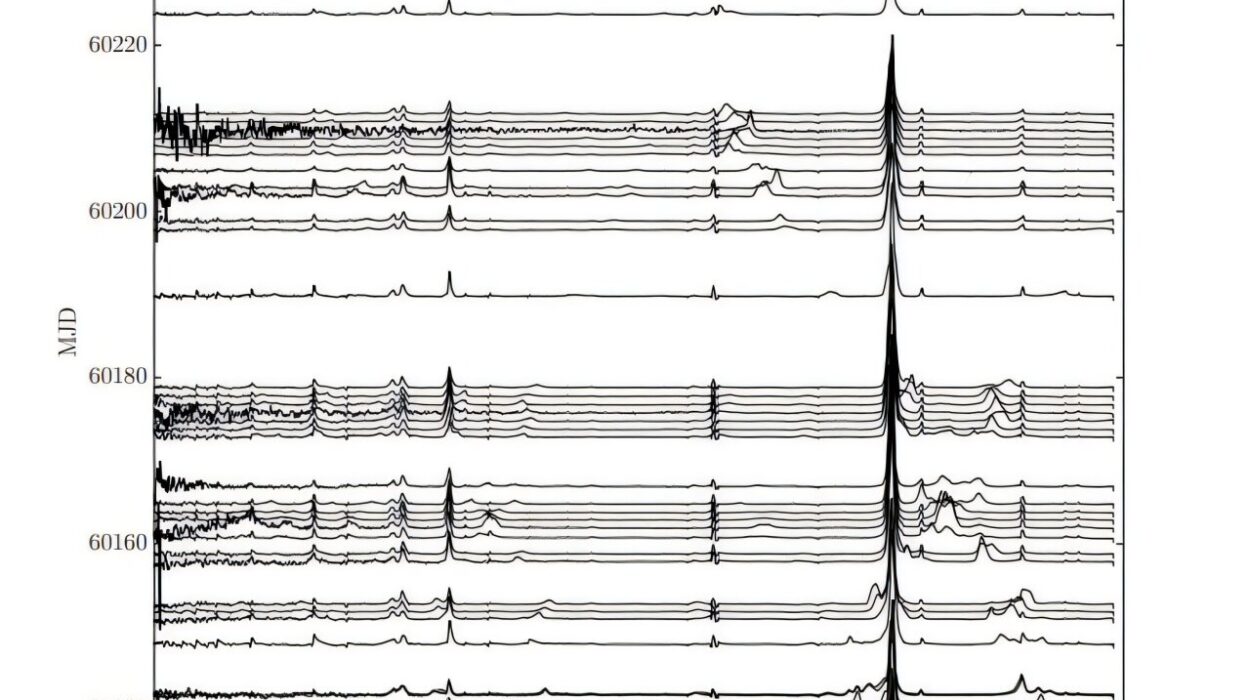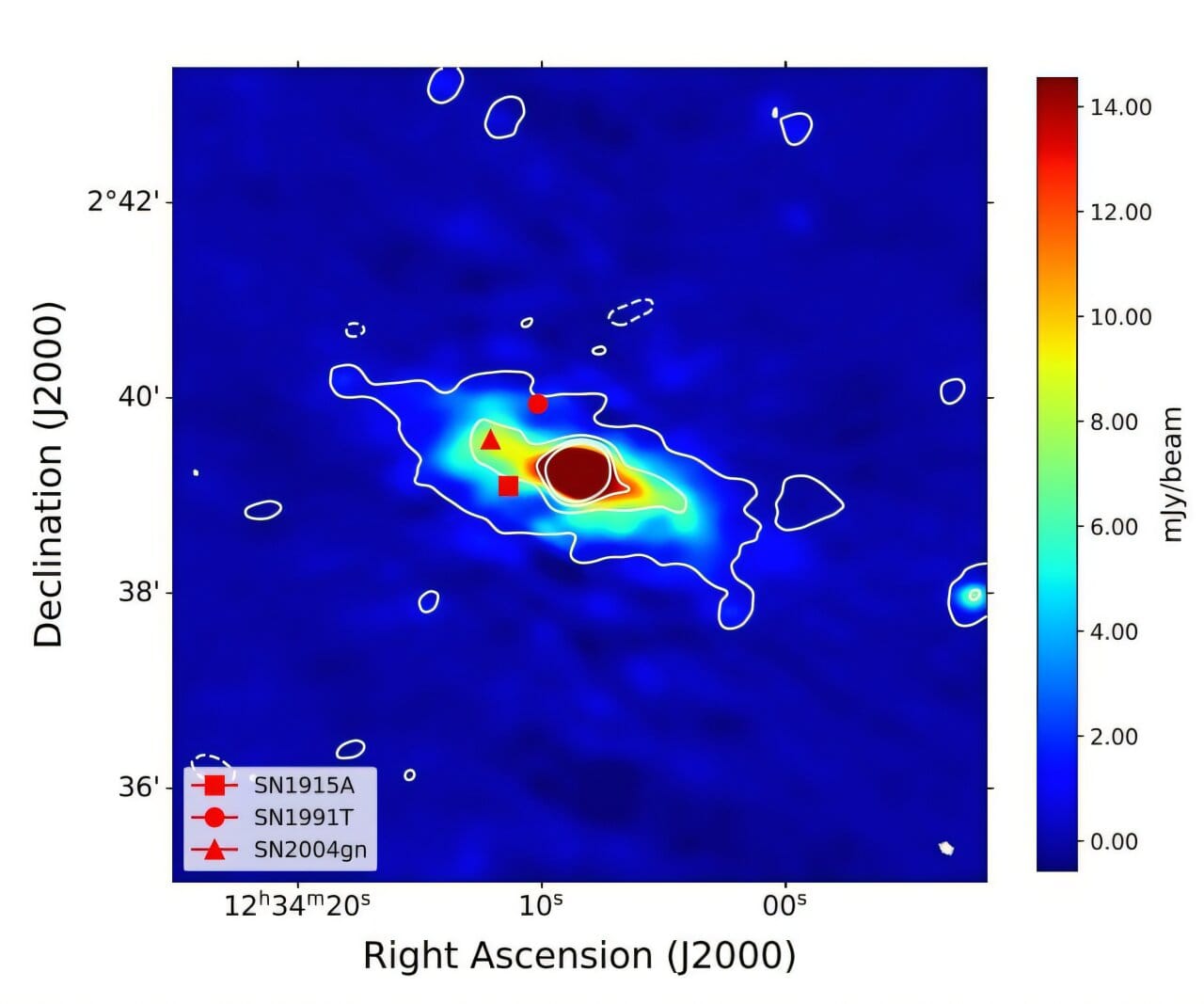For centuries, Mars has haunted our imagination. It is the planet that glows red in the night sky, a neighbor that seemed both familiar and alien. Telescopes once suggested canals carved by an intelligent hand. Later, spacecraft revealed a barren world of dust storms and frozen deserts. But beneath its rust-colored surface, the greatest mysteries have remained hidden, locked away in the planet’s depths.
Now, thanks to the quiet patience of a robot far from home, scientists have uncovered a secret at the very heart of Mars. It turns out that the red planet possesses a solid metal core—an inner heart of iron and nickel—surrounded by a turbulent sea of molten metal. This revelation not only reshapes our understanding of Mars but also deepens the story of planetary evolution across the solar system.
Listening to a Silent World
The discovery would not have been possible without NASA’s InSight lander, which touched down on the flat equatorial plains of Mars in 2018. Unlike rovers that trundle across the surface in search of rocks, InSight was designed to listen. Its mission was to tune in to the faint tremors that ripple through the Martian crust—marsquakes—natural vibrations that carry echoes from the planet’s deep interior.
Over four years, InSight detected more than 1,300 quakes, subtle shudders caused by stresses in the crust and impacts from meteors. With each tremor, waves of energy traveled downward, bouncing and refracting through layers of rock, mantle, and core before surfacing again at the lander’s instruments. By studying how those waves bent and slowed, scientists could peer into regions that had been sealed for billions of years.
When InSight finally fell silent in 2022, buried under dust that blocked its solar panels, it left behind not just a dataset, but a legacy—an unprecedented seismological portrait of another world.
The Solid Core of Mars
For decades, researchers debated whether Mars’ innermost core was liquid, like a vast molten ocean, or whether it had crystallized into something more solid. Early measurements pointed to a completely liquid heart. But the latest analysis, led by Daoyuan Sun of the University of Science and Technology of China, tells a more complex story.
Using seismic data from 23 carefully chosen marsquakes, the team concluded that Mars has a solid inner core extending about 380 miles (613 kilometers) from the planet’s center. Surrounding this is a much larger liquid outer core, stretching out to 1,100 miles (1,800 kilometers). Together, these layers form a planetary anatomy that mirrors Earth’s in intriguing ways.
Like our own world, Mars’ core seems to be made primarily of iron and nickel, enriched with lighter elements such as oxygen. But while Earth’s inner core is a colossal engine that helps drive our magnetic field, Mars’ core tells a sadder tale of planetary evolution—a tale of a dynamo that flickered out.
A Magnetic Past, a Silent Present
Today, Mars has no global magnetic field. Unlike Earth’s invisible shield, which protects us from solar radiation and cosmic particles, Mars’ atmosphere is left bare, vulnerable to the erosive winds of space. This absence of protection is one reason the planet transformed from a once watery world into the frozen desert we see today.
The discovery of a solid core may help explain this mystery. If Mars’ inner core crystallized too slowly, its ability to drive the circulation of molten metal in the outer core—the geodynamo—may have weakened and died. Without that motion, the magnetic field faded, and the planet was left defenseless. What once might have been a warm, habitable environment gave way to cold, desolate silence.
The Martian heart still beats faintly, but it no longer sings with magnetic power.
A Coincidental Echo of Earth
Sun’s team points out that Mars’ inner core occupies about one-fifth of the planet’s radius—roughly the same fraction as Earth’s. At first glance, the similarity seems profound, as though Mars were a younger sibling to our planet. But this may be little more than coincidence. The two worlds share some building blocks, but their destinies diverged dramatically. Where Earth’s dynamo thrives, Mars’ has failed. Where Earth supports oceans and life, Mars remains barren.
Even so, the parallels matter. They allow scientists to test models of planetary formation, comparing not just the outcomes but the hidden processes that shaped them. To know Mars’ core is to hold a mirror up to Earth’s own interior, to ask what makes some worlds flourish while others fade.
Unanswered Questions Beneath the Surface
For all the breakthroughs, the story is far from complete. Nicholas Schmerr, a planetary seismologist at the University of Maryland, praised the findings but urged caution. Much remains uncertain about the exact shape of Mars’ inner core and the fine details of its composition. Did the crystallization happen all at once, or is it still ongoing? Does the outer core contain solid droplets suspended in the molten sea? Is there a mysterious “mushy zone” where solid and liquid intermingle?
Answering such questions will require more than a single lander. A network of seismometers scattered across the Martian surface could provide the detail necessary to fully map the interior. But with InSight gone, there are no immediate missions on the horizon to carry the torch. For now, scientists must work with the echoes left behind, extracting as much knowledge as possible from the tremors already recorded.
The Larger Meaning of a Distant Core
Why should we care about the heart of a planet millions of miles away? The answer lies in the universality of science. By probing Mars, we are also probing the rules of planetary physics—the same rules that govern Earth, Venus, Mercury, and even distant exoplanets orbiting other stars.
Every detail about Mars’ core enriches our understanding of how planets cool, solidify, and evolve. It helps us piece together why some planets remain habitable while others turn hostile. It sharpens our vision of Earth’s own fate, reminding us that even worlds that look like siblings can walk very different paths.
There is also something profoundly human in the act itself. To reach across space with a machine, to listen for the whispers of another world’s quakes, and to translate those vibrations into knowledge—that is the essence of science at its most poetic.
A Silent Lander, A Lasting Legacy
InSight may never speak again, its instruments long buried under Martian dust. But its mission lingers in the data, in the scientific papers, and in the imaginations of those who dream of other worlds. The lander has given Mars a voice, and through that voice, we have heard the slow heartbeat of a planet that once might have been alive with possibility.
The discovery of Mars’ solid core is not just a technical achievement—it is a story about persistence, about listening to silence, and about finding truth in faint vibrations across an immense void.
For now, the Martian heart lies still. But in revealing its secrets, it has drawn us closer, reminding us that even in quiet worlds, the universe is never done speaking.
More information: Huixing Bi et al, Seismic detection of a 600-km solid inner core in Mars, Nature (2025). DOI: 10.1038/s41586-025-09361-9






